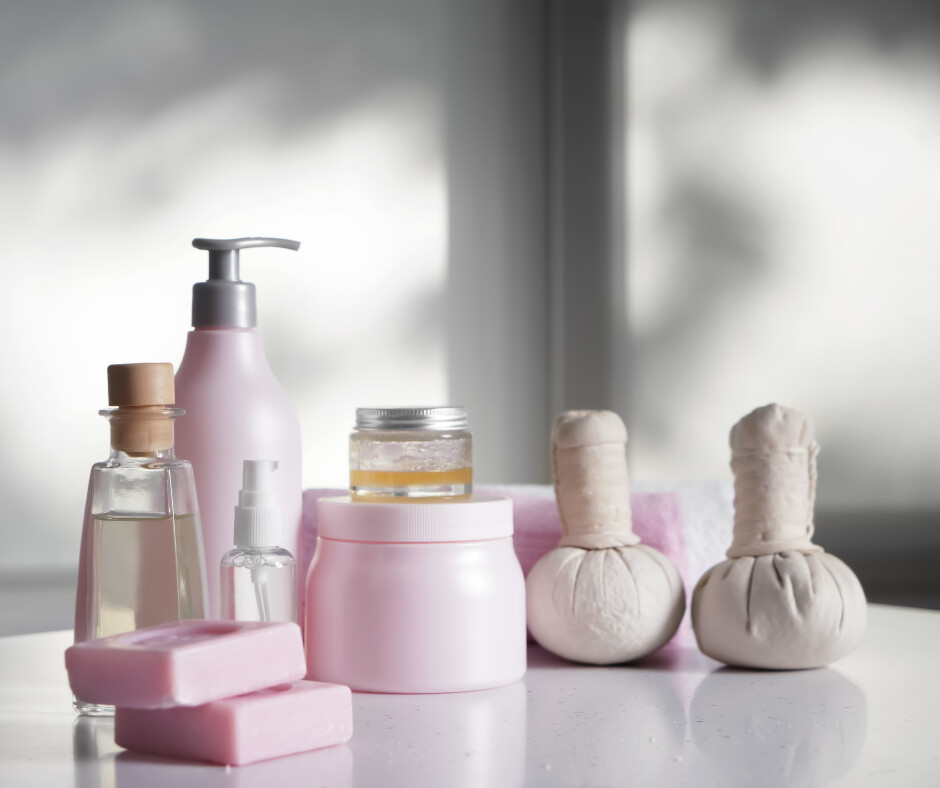
You are constantly exposed to toxins even if you try to avoid them. There are over 62,000 chemicals approved for use in the United States, but only 300 of them have been tested for safety. Drinking plenty of purified water and fresh organic foods is a good way to start reducing your exposure. You can also help your body eliminate toxins through movement and deep breathing. In addition, here are some easy toxins to avoid.
Fragrances
According to the Environmental Working Group (ewg.org), companies don't have to list the chemical that is used to add a smell to a product. Instead they can use the word fragrance. EWG recommends choosing fragrance free products and avoiding unscented products. This is because companies can add a chemical to cancel out, or hide, the orignal scent. You can view the products you use in the EWG skin deeep database. They score all the ingredients on the label and give an overall rating to the products they test. They score fragrance as an 8 on a scale of 1 to 10, with 10 being the most harmful.
Paraben
Paraben, or parabens, are a synthetic preservative used in many personal care products. They are linked to a wide variety of health issues, but the most prevelent is their impact on hormones and fertility. They are found most often in personal care products like face and skin cleaners, shampoos, deodorants, shaving gels and toothpastes. They are so pervasive, that most everyone has them in their body. This is particularly alarming for children, because their body mass is so much smaller than adults.
Antibacterial Soaps
Using too many antibacterial soaps can dissrupt the natual bacteria balance on your skin. The added chemcials can also dry out your skin. Regular soap, when used correctly, is effective at removing harmful bacteria and other virus causing germs. And regular soap will not kill beneficial bacteria. The FDA recognized that the antibacterial claims were misleading when it issued a ban on 24 antibacterial chemicals in 2017. The ban was also implemented because it is not known how safe these trypes of chemicals are in the long term.
BPA and BPS
Bisphenol-A (BPA) has been recognized as a toxin. That is why you are seeing products labled as BPA free including cookware and canned foods. But in many cases, it has been replaced by Bisphenol-S (BPS), which is not any safer. Again, exposure to children is the most concerning because of their small size. It is not uncommon to find harmful chemicals in teething rings, sippy cups, and toys. Regular plastic may also contain BPA and/or BPS, so store your food and drinks in glass or stainless steel.
Oxybenzone
Oxybenzone is used most commonly in sunscreens, but it can also be found in lipstick, moisturizers and lip balm. It has been linked to hormone disruption and other health issues. The FDA has requested research on it because of it's ability to be absorbed through the skin and the potential for build-up in the body, especially for children. If you use sun blocking lotions, sprays or an SPF lip balm, be sure to check ewg.org for a safety score on your product.
Did this help you? If so, I'd greatly appreciate it if you commented and/or share it on social media.

Email: sharonledwards@hotmail.com
Facebook: https://www.facebook.com/sharonledwardsbiz/
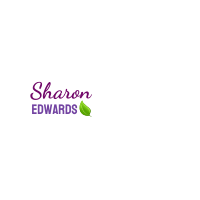


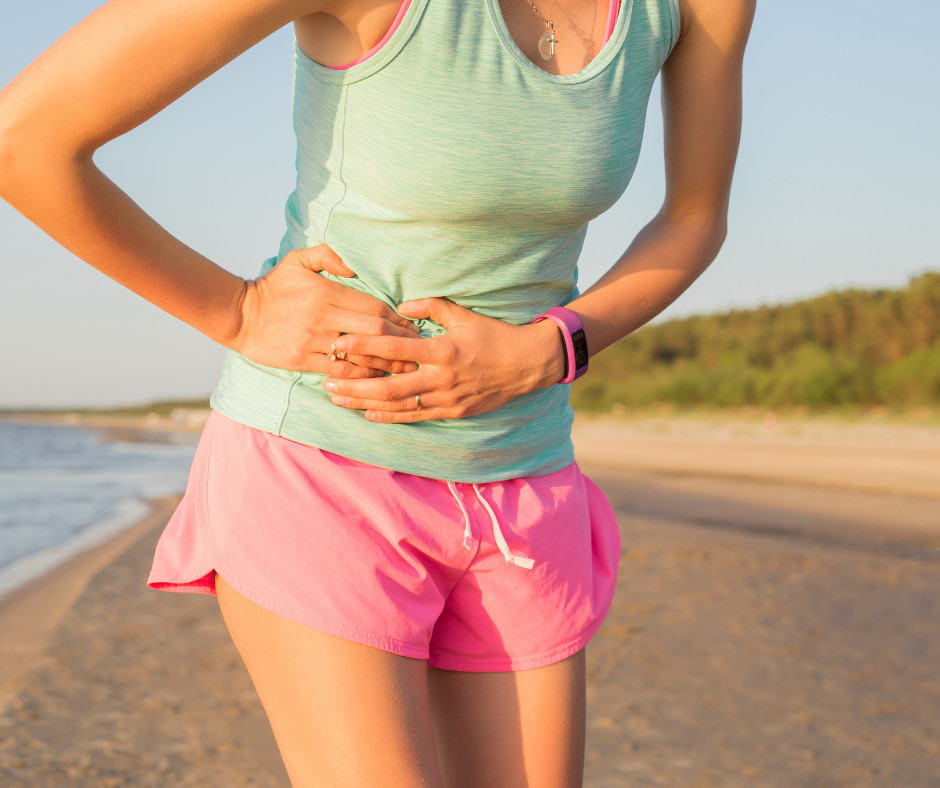
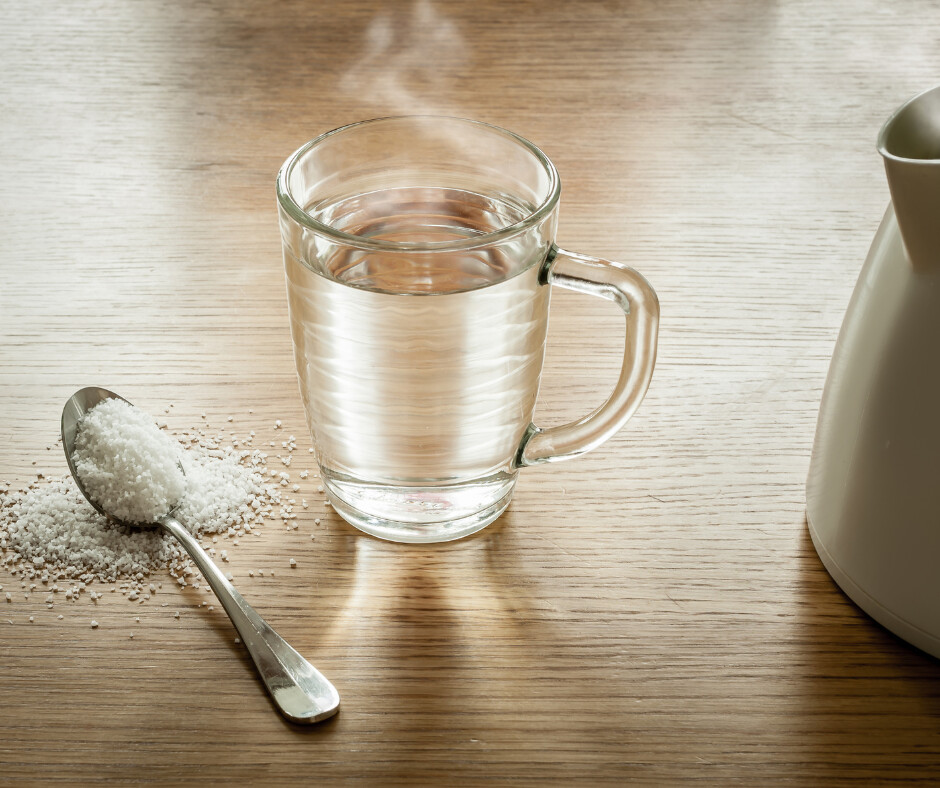



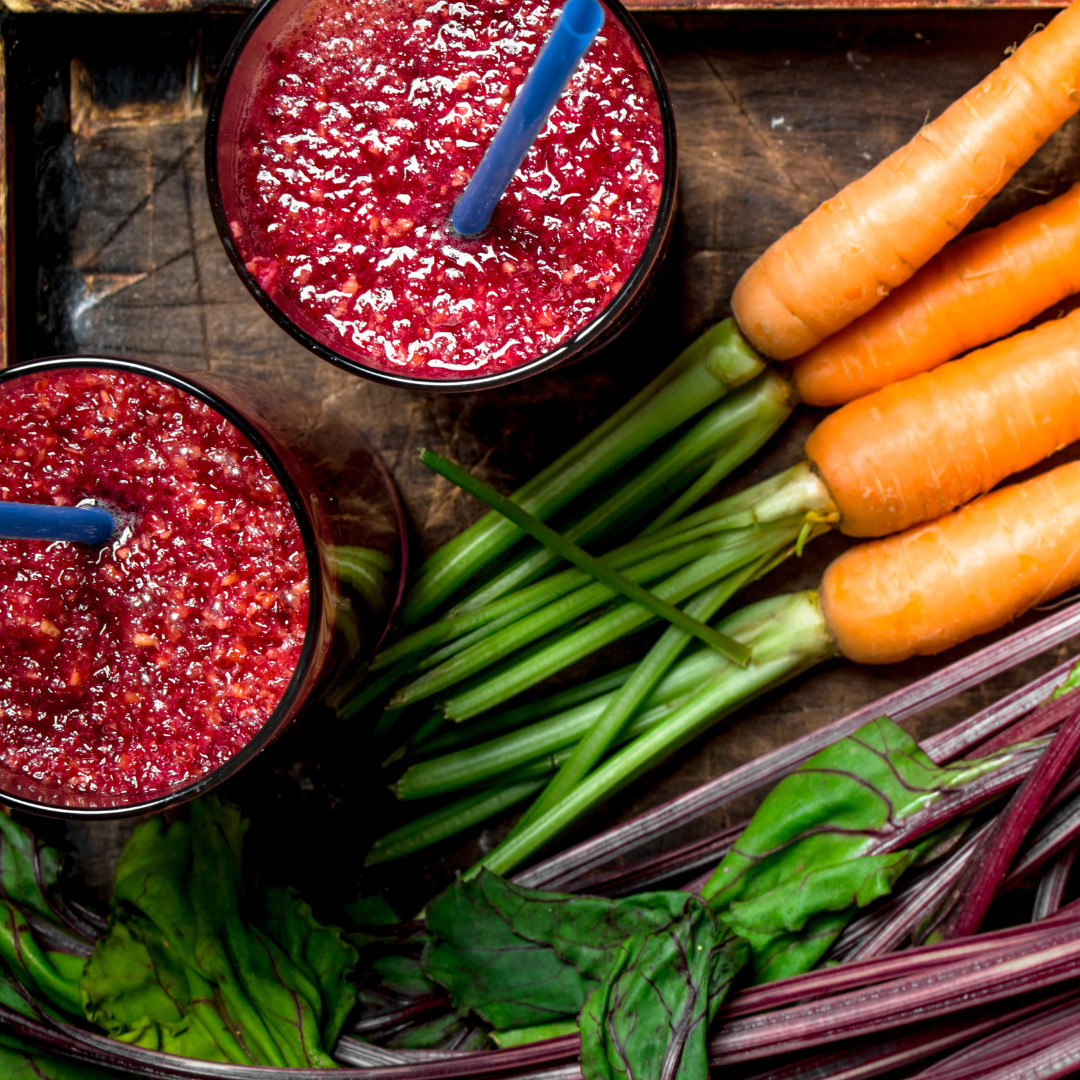
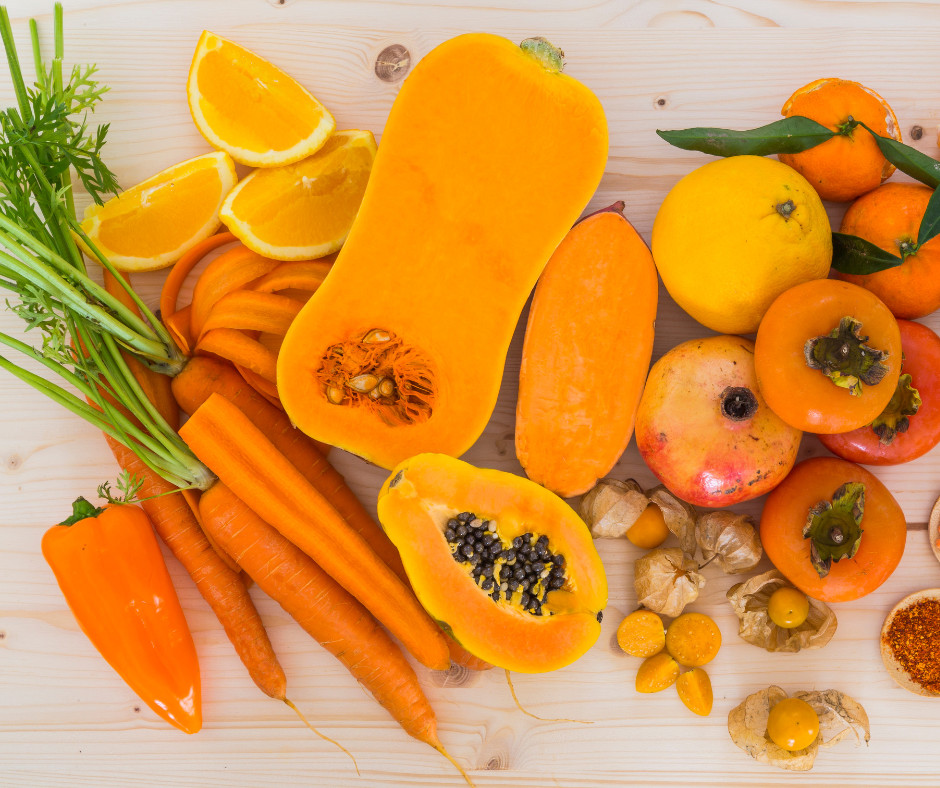
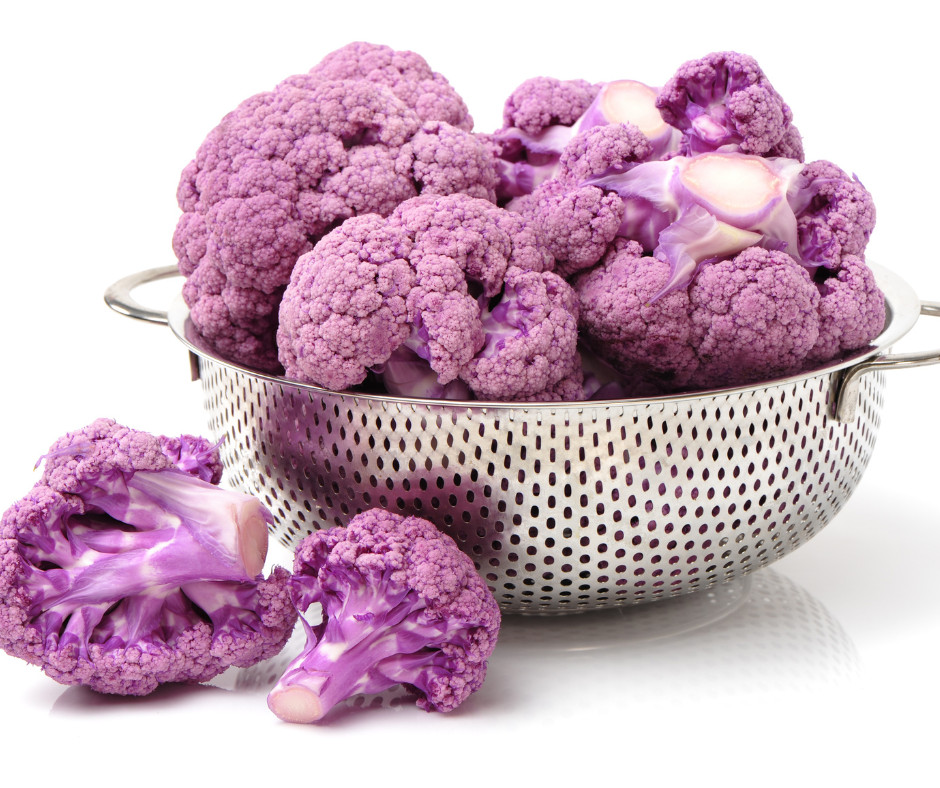

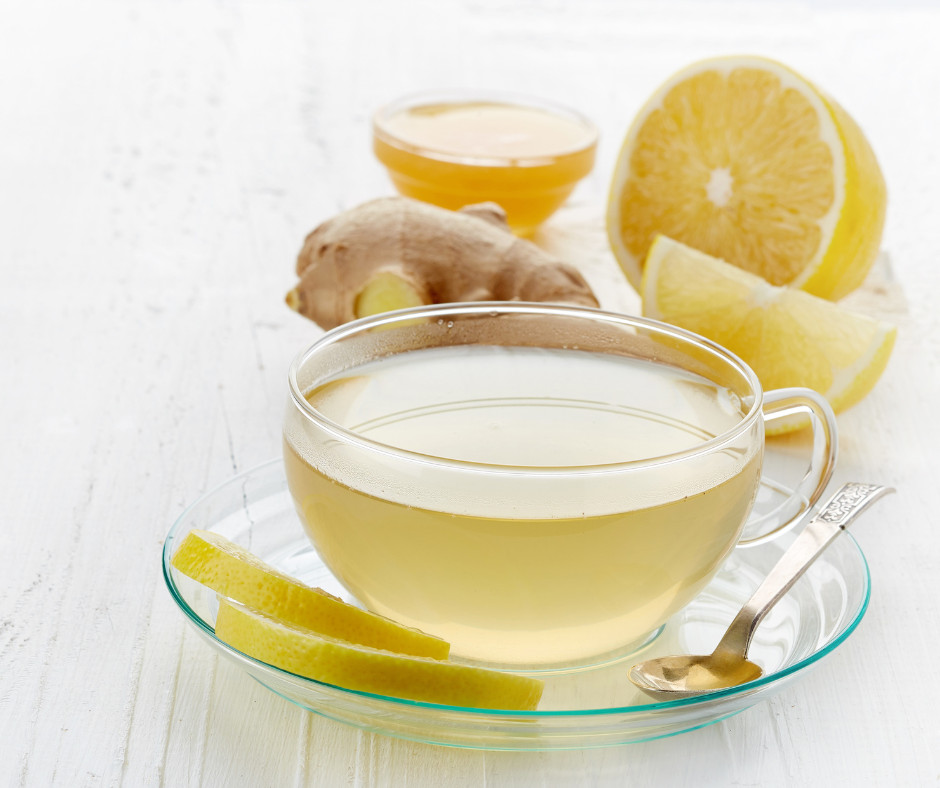

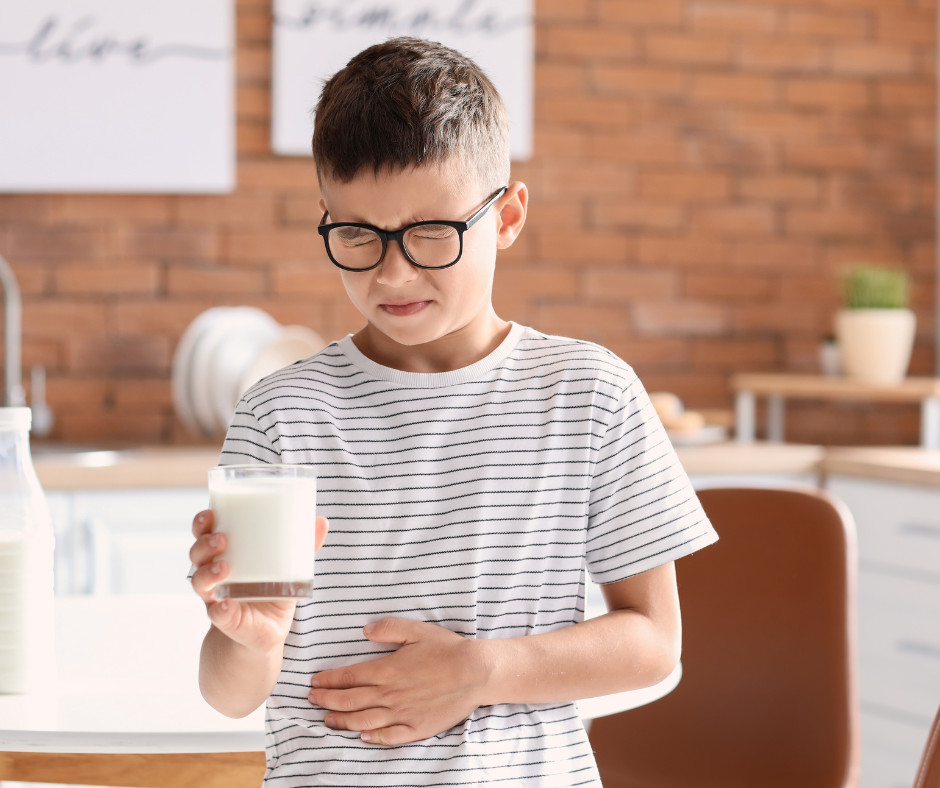



0 Comments